<--- Back to Details
| First Page | Document Content | |
|---|---|---|
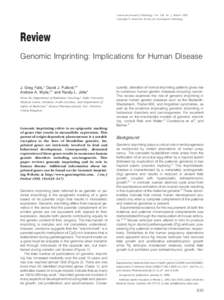 Date: 2012-06-22 09:55:49Genodermatoses Syndromes Molecular genetics Genes Genomic imprinting Insulin-like growth factor 2 H19 Angelman syndrome Prader–Willi syndrome Genetics Biology Epigenetics |
Add to Reading List |
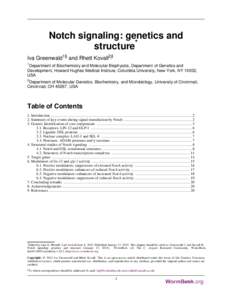 | Notch signaling: genetics and structure* Iva Greenwald1§ and Rhett Kovall2§ 1 Department of Biochemistry and Molecular Biophysics, Department of Genetics andDocID: 1vp4k - View Document |
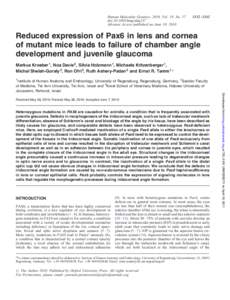 | Human Molecular Genetics, 2010, Vol. 19, No. 17 doi:hmg/ddq237 Advance Access published on June 10, –3342DocID: 1vlSg - View Document |
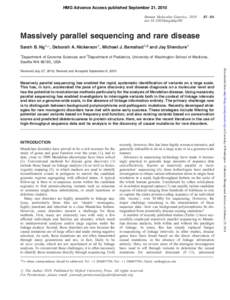 | HMG Advance Access published September 21, 2010 Human Molecular Genetics, 2010 doi:hmg/ddq390 R1–R6DocID: 1vdu8 - View Document |
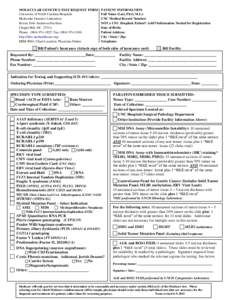 | MOLECULAR GENETICS TEST REQUEST FORMDocID: 1vbJZ - View Document |
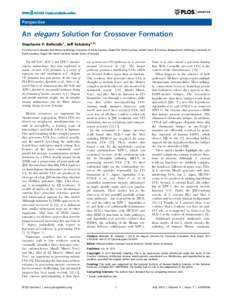 | Perspective An elegans Solution for Crossover Formation Stephanie P. Bellendir1, Jeff Sekelsky1,2* 1 Curriculum in Genetics and Molecular Biology, University of North Carolina, Chapel Hill, North Carolina, United StatesDocID: 1vb8N - View Document |
 American Journal of Pathology, Vol. 154, No. 3, March 1999 Copyright © American Society for Investigative Pathology Review Genomic Imprinting: Implications for Human Disease
American Journal of Pathology, Vol. 154, No. 3, March 1999 Copyright © American Society for Investigative Pathology Review Genomic Imprinting: Implications for Human Disease